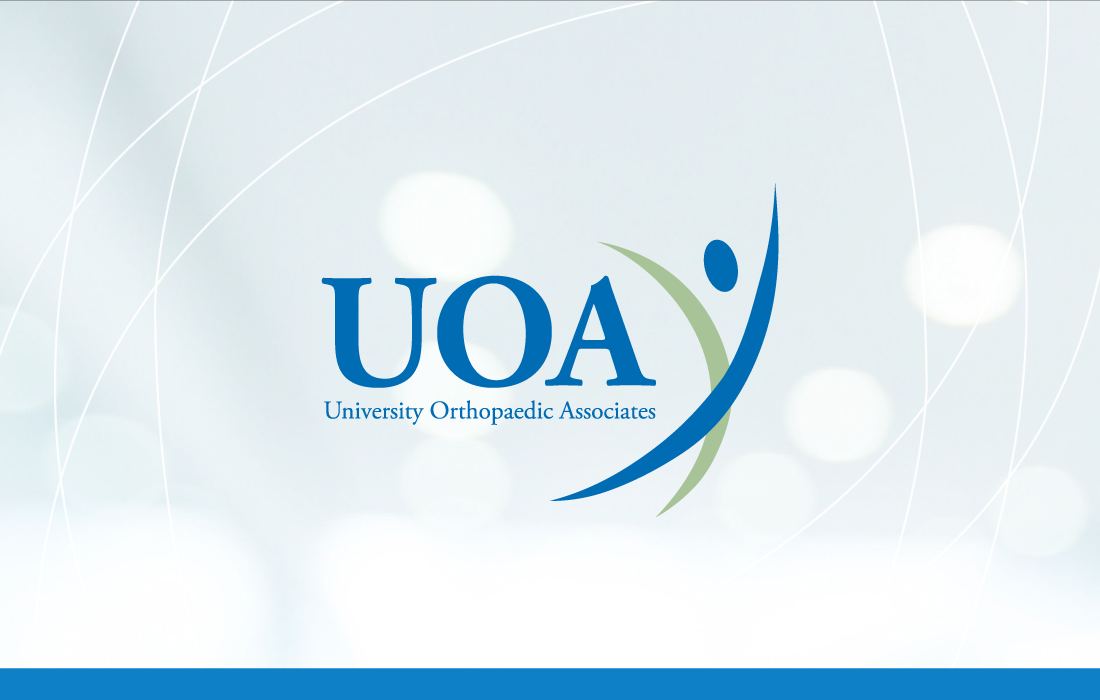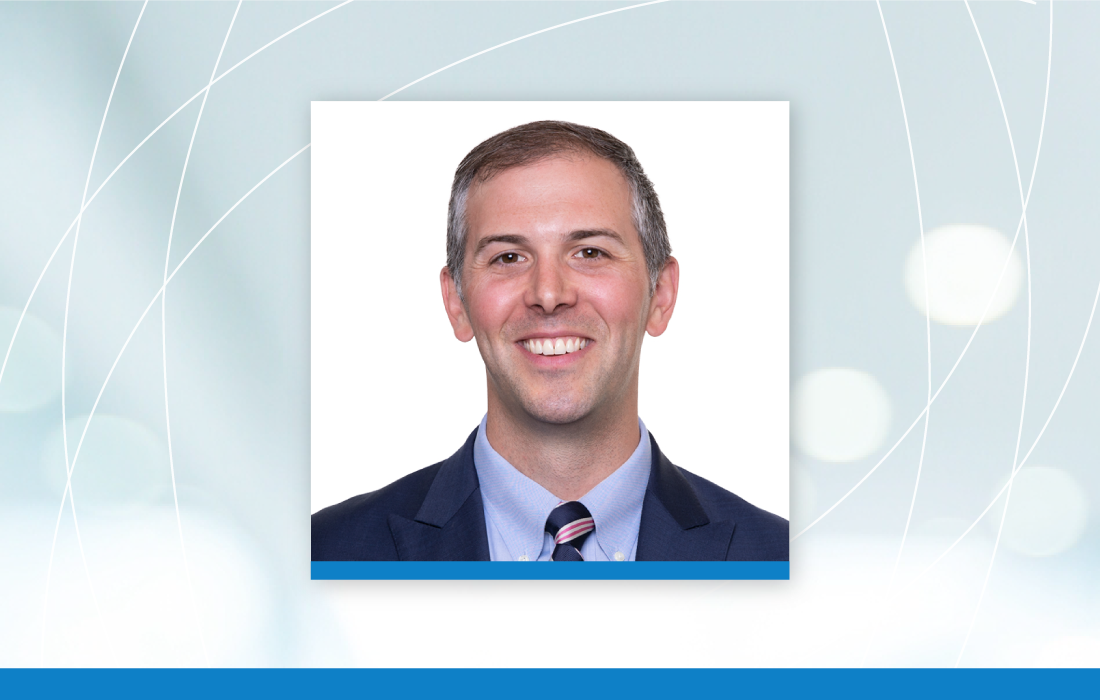Golfer’s elbow, or medial epicondylitis, is a form of tendonitis that causes pain on the inside of the elbow (the side closest to the body when the palm is turned out). It is closely related to tennis elbow—also known as lateral epicondylitis—which is pain on the outside of the elbow.
There is a bony outcrop on the inside of the elbow called the medial epicondyle, located on the humerus (upper arm bone). A tendon—a piece of tissue that attaches muscles to bone—called the common flexor tendon is anchored to the medial epicondyle and further down the lower arm branches off and becomes a number of forearm muscles that flex the wrists and hands. Golfer’s elbow is caused by tissue changes that occur at the origin of the common flexor tendons. It can be associated with tendon tears.
Golfer’s Elbow Causes and Risk Factors
Golfer’s elbow is typically an overuse injury caused by repeatedly curling the wrist. A golf swing is one possible cause but by no means the only one. Other common causes of golfer’s elbow include:
- Racket sports like tennis or squash
- Throwing overhand
- Use of hand tools
- Weight training
People are more likely to develop golfer’s elbow if they:
- Are over age 40
- Are overweight or obese
- Engage in repetitive activity for more than two hours every day
- Smoke
Golfer’s Elbow Symptoms
Pain on the inside of the elbow is the main symptom of golfer’s elbow. The pain may develop gradually or occur suddenly, and usually worsens with certain movements that involve the flexing of the wrist.
Inside elbow pain is sometimes accompanied by:
- Numbness or tingling in the ring or pinky fingers
- Stiffness of the elbow
- Tenderness
- Weak grip
Diagnosing Golfer’s Elbow
Doctors usually diagnose golfer’s elbow with a physical exam and a medical history. A golfer’s elbow test typically includes the doctor manipulating the patient’s elbow, wrist and fingers while evaluating the patient for pain or other symptoms. A medical history can help reveal any jobs or activities that might be contributing to the pain, such as playing golf or pitching or having an occupation such as plumber or carpenter.
An X-ray may be useful in ruling out other sources of pain such as a fracture to the humerus or tibia. Other imaging studies, such as magnetic resonance imaging (MRI) scans, are generally not necessary in diagnosing golfer’s elbow.
Golfer’s Elbow Treatments
Activity modification, if possible, is usually the first step in treating golfer’s elbow. Activity modification can mean stopping whatever is causing the golfer’s elbow or modifying it so that it places less stress on the forearm tendons. This could mean adjusting a golf swing, doing different weight training exercises, seeking job accommodations or many other solutions. Resting the area is a key component of golfer’s elbow treatment.
Medications—especially nonsteroidal anti-inflammatory drugs (NSAIDs) can be helpful in relieving the symptoms of golfer’s elbow. Another conservative treatment method is icing the affected area several times a day for several days. In the long-term, strengthening the muscles of the forearm can lead to less pain from golfer’s elbow.
Surgery is rarely necessary for golfer’s elbow. Surgical options are usually considered only when the condition has not improved in 6 to 12 months despite conservative treatments. Golfer’s elbow surgery usually takes the form of debridement, where a surgeon cleans up any damaged tissue.
At University Orthopaedic Associates, our hand and upper extremity experts have treated hundreds of cases of golfer’s elbow. Request an appointment to discuss your diagnosis and treatment options.




